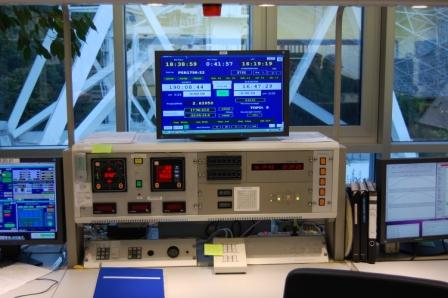|
Compact Objects, Gravitational Waves, X-ray Binaries,
Stellar Astrophysics, Supernovae, Radio Pulsars...
|
|
|
I have a passion for compact objects (neutron stars, white dwarfs and black holes) in all their aspects, as well as close binary star evolution. My theoretical research includes (but is not restricted to) stellar evolution and interactions in binaries leading to formation and evolution of compact objects in tight binaries with applications to: gravitational wave sources at both high and low frequencies, ultra-stripped supernova progenitor stars, cooling of low-mass white dwarfs, formation of millisecond pulsars, as well as X-ray binaries with neutron star and black hole accretors (such as HMXBs, LMXBs and ULXs). In addition, I perform population synthesis and Monto Carlo simulations of e.g. the consequences of asymmetric supernova explosions in binaries.
Neutron stars are unique creations in nature. They are formed violently as the remnants of giant stars which undergo a supernova explosion once their nuclear fusion has been exhausted. Neutron stars allow for fundamental studies in all disciplines of physics in the most extreme regimes - conditions which are impossible to imitate in any laboratory on Earth! For example, they host the densest matter in the observable Universe and their B-fields are up to a million times stronger than any man-made B-fields in a lab.
Being a rapidly spinning and strongly magnetized neutron star, only 10 km in radius and emitting energy at a rate of 100.000 times that of our own Sun, pulsars constitute an interesting challenge for astrophysicists. Millisecond pulsars are of special interest since they are old neutron stars which have been spun-up to very high rotation frequencies (700 Hz) via accretion of mass and angular momentum in a binary system. Black holes are even more compact with an event horizon and a singularity at their centres where our current knowledge of physics breaks down. Whereas neutron stars and black holes are extreme physical objects in their own right, collisions of such objects are even more exotic - almost beyond imagination - and yet detectable in gravitational waves by the LIGO-network of detectors.
Previous work also includes common-envelope evolution, hypervelocity stars, early cooling of low-mass helium white dwarfs and detectability of isolated black holes accreting from the interstellar medium. Furthermore, I have been working on models for radio pulsars for many years, including torque decay in isolated neutron stars and a little bit on the beam evolution of pulsars.
I am a member of the science working groups for LISA, Einstein Telescope, GWIC 3G SCT (3rd generation gravitational wave detectors), SKA, eROSITA, eXTP, Athena, STROBE-X, and a former member of COST actions PHAROS and GWverse.
Although I mainly work on theory, I have also discovered and observed real pulsars using the
Parkes Radio Telescope
in Australia. My former location at the Max-Planck-Institute for Radio Astronomy in Bonn enabled me to collaborate on exciting
observations using their 100-meter
Effelsberg Radio Telescope.

|
|